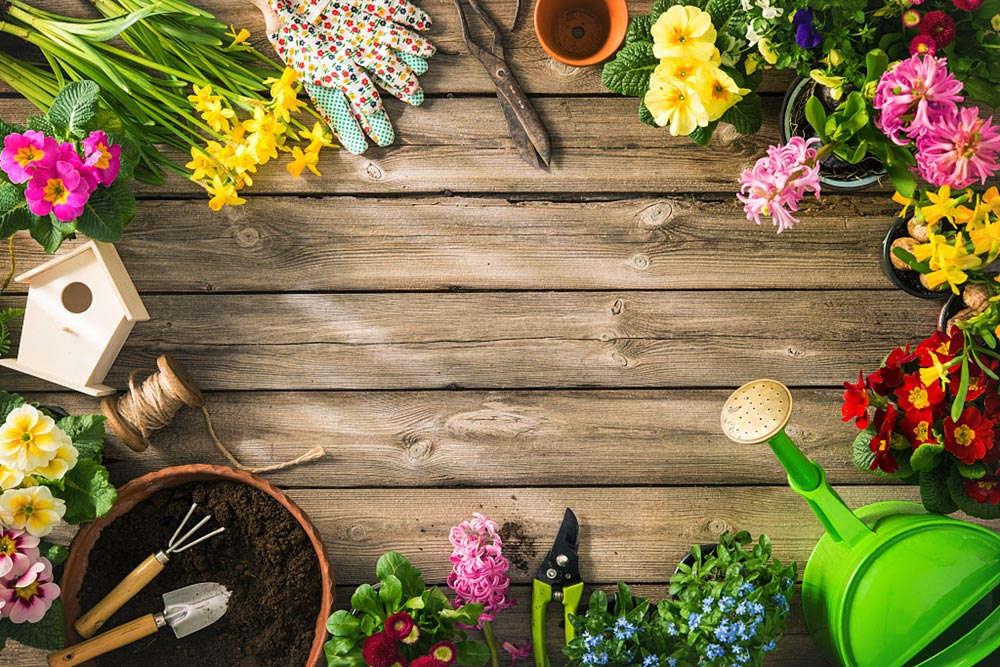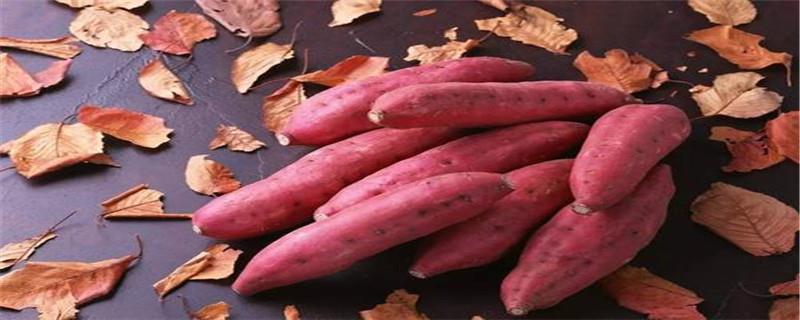How to breed bamboo leaf orchids
Last Update :2024.12.14
Article Catalog
3. Problem diagnosis and treatment
The most suitable range is between 15 and 30 degrees, and should be kept indoors during the winter. It doesn't like strong light, so it's best to keep it in a cooler place. It is very afraid of waterlogging. It needs to control the amount of water and must not accumulate water. To fertilize bamboo orchids, mainly use foliar fertilizer, preferably once every ten days.

1. Maintenance methods
1. Maintenance methods
1. Temperature: The most suitable range is between fifteen and thirty degrees. If it is above thirty-five degrees, its growth will be hindered to a certain extent. In addition, it is not very cold-resistant. It is best to keep it indoors during the winter period, and the minimum temperature should not be lower than five degrees. If it is raised in the north and it is left outside in winter, it will lose its leaves due to the cold.

2. Light: Bamboo-leaf orchid is a shade-loving species. Plants don't like strong light. Excessive sunshine will do great harm to it. Even if it only stays in a place with strong sunshine for a day or two, its leaves will be burned or even become scorched. Therefore, it is usually best to place it in a cooler place without strong light. However, it does not need to be shaded in winter.

3. Watering: Because its roots are fleshy , so it is very afraid of waterlogging. Generally speaking, it can be kept "eight parts dry and two parts wet" and must not accumulate water.

4. Fertilization: Fertilize bamboo orchids, mainly with Mainly foliar fertilizer. Generally speaking, the effect is better if applied once every ten days.

2. Breeding skills
1 , Propagation: The commonly used method is division. Generally speaking, a plant can be divided once every three years. Choose a strong plant with many pseudobulbs as the mother plant. When dividing it into parts, be careful that each part contains a certain amount of bulbs. After planting separately, they need to be watered thoroughly and then placed in a cool place for ten to fifteen days.

2. Repotting: once a year or two years . Try to do this once a year. Use humus soil and other nutritious and slightly acidic soil. In addition, not only do you need to change the soil, but you also need to clean up the root system, then repair it, and then pot it.

3. Problem diagnosis and treatment
1 2. Disease: "white silk disease" occurs more frequently, especially during the mildew season. After it occurs, lime can be used to control it. "Anthrax" is also prone to occur when it is hot and rainy, and can be treated with thiophanate methyl once a week.

2. Pests: mainly "blue lice" and other types , can be prevented and treated with omethoate solution.

4. Other questions
1 , Toxicity: It is a poisonous species, but as long as you don't eat it by mistake, it will be fine.

2. Whether it can be grown at home: It is more suitable. Highly ornamental. Moreover, experts have recently developed a very small variety, only fifteen centimeters in height, which is very suitable for keeping at home.

2. Breeding skills
3. Problem diagnosis and treatment
4. Other issues
- END -
When to plant potatoes

If you choose to plant potato by seeding, you can choose it around late January in...
The main components and functions of nitrogen fertilizer and how to make it at home

The main component of nitrogen fertilizer is nitrogen, which can provide nitrogen ...